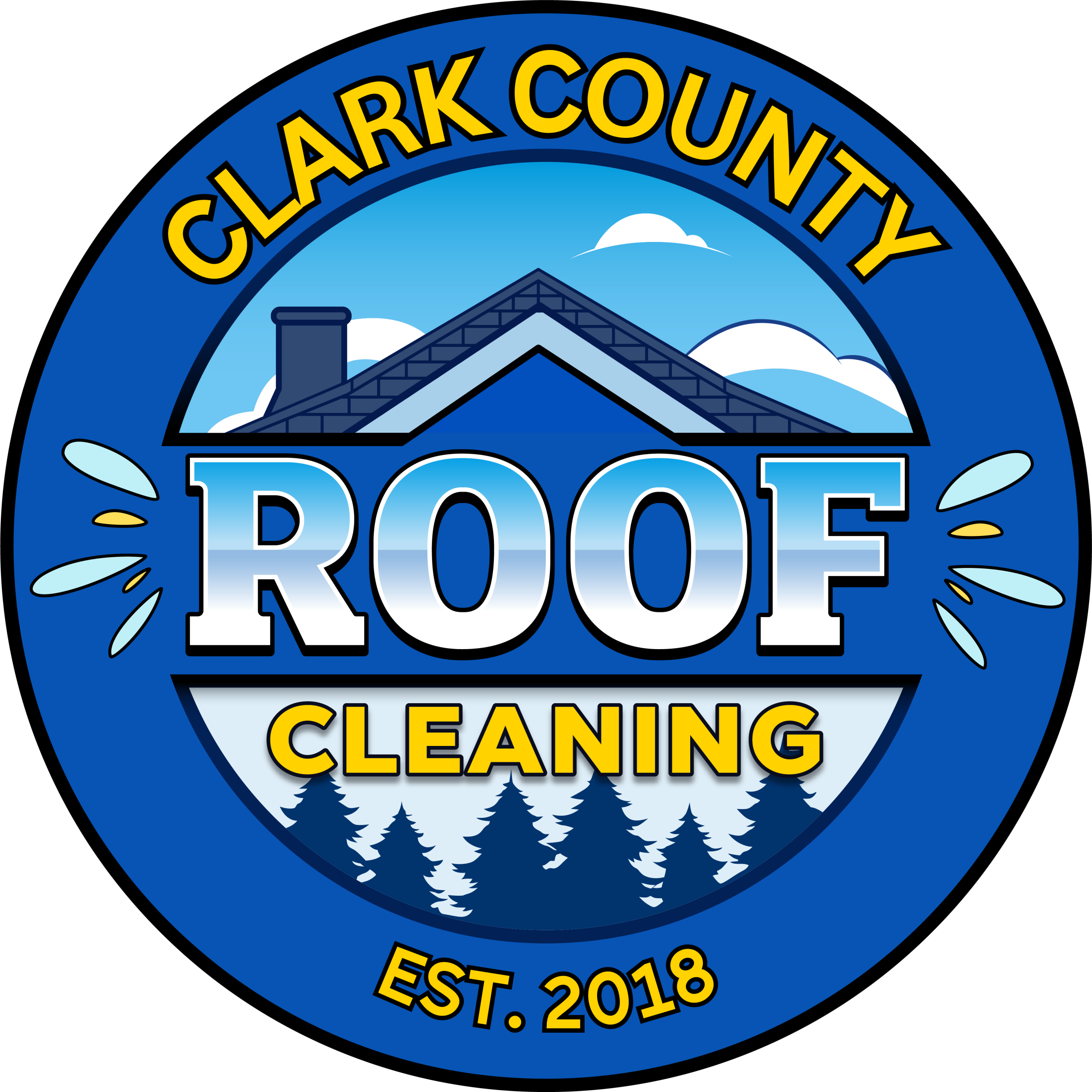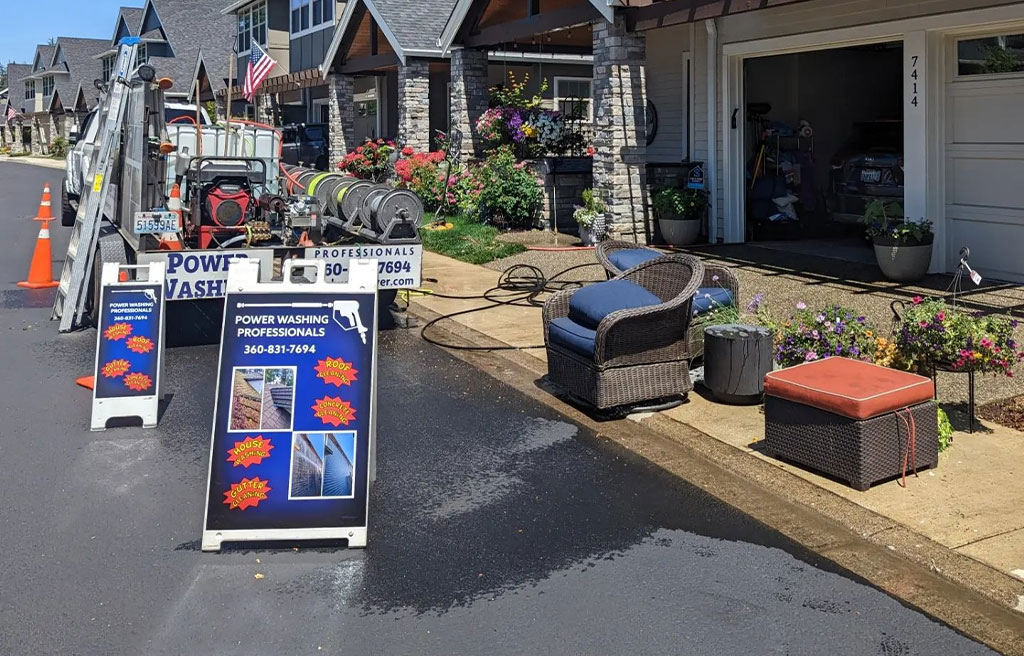Maintaining clean exterior surfaces is not only essential for the aesthetic appeal of your home but also crucial for its longevity and structural integrity. Different materials require specific cleaning methods to ensure they remain in optimal condition. In this comprehensive guide, we will delve into the best practices for cleaning various exterior surfaces, from wood to concrete, vinyl, and glass.
1: Preparing for Exterior Cleaning
Before diving into the cleaning process, it’s crucial to ensure you have the right tools and safety measures in place. Equip yourself with gloves, safety glasses, and appropriate footwear. Gather necessary cleaning agents, brushes, and, if applicable, a pressure washer. Clear the area of any obstacles that might impede your progress.
2: Cleaning Wood Surfaces
Wood surfaces, though charming, require delicate care to avoid damage. Begin by assessing the condition of the wood. For decks and fences, a gentle scrub with a soft-bristle brush and a wood-friendly cleaning solution should suffice. Avoid using high-pressure settings on wood, as it can lead to splintering and other damage.
2.1: Deck Cleaning
For wooden decks, start by removing loose dirt and debris. Utilize a low-pressure setting on your pressure washer or opt for a deck-cleaning solution. Scrub the surface with a soft brush and rinse thoroughly. Consider applying a sealant or stain after cleaning to protect the wood.
2.2: Cleaning Wooden Siding
Cleaning wooden siding follows a similar process. Begin with a gentle wash using a mild cleaning solution. Rinse from top to bottom to prevent streaking. If mold or mildew is present, consider using a specialized cleaner. After cleaning, inspect for any areas that may need resealing or repainting.
3: Cleaning Concrete and Brick Surfaces
Concrete and brick surfaces are known for their durability, but they still require regular cleaning. For these materials, a medium to high-pressure setting on your pressure washer is appropriate.
3.1: Driveway and Sidewalk Cleaning
Begin by removing loose debris. Apply a concrete or brick-friendly cleaning solution and allow it to sit for a few minutes. Scrub with a stiff-bristle brush, paying extra attention to stains. Rinse thoroughly. For stubborn stains, consider using a pressure washer with an appropriate nozzle.
3.2: Cleaning Brick Walls
Brick walls may accumulate dirt and efflorescence over time. Utilize a medium-pressure setting on your pressure washer, and start from the top, working your way down. Be cautious not to use too high a pressure, as it can damage the mortar. Address any efflorescence with a specialized cleaner.
4: Cleaning Vinyl and Metal Surfaces
Vinyl and metal surfaces are relatively low-maintenance, but periodic cleaning is still essential. Use a mild detergent and a soft brush for these materials.
4.1: Vinyl Siding Cleaning
Begin by rinsing the surface with water to remove loose dirt. Apply a mixture of water and a mild cleaning solution to the siding. Use a soft brush to gently scrub the surface, working from the bottom up. Rinse thoroughly and inspect for any areas that may require additional attention.
4.2: Metal Roof and Gutter Cleaning
Metal roofs and gutters can accumulate debris and, over time, develop oxidation or rust. Clear gutters of leaves and other obstructions. For metal roofs, use a soft-bristle brush to remove loose debris. Apply a specialized metal cleaner to address oxidation and rust. Rinse thoroughly.
5: Cleaning Glass and Windows
Streak-free glass adds a finishing touch to any home. Use a mild glass cleaner and a lint-free cloth for best results. If cleaning windows at height, ensure you have secure footing, or consider using an extendable pole with a squeegee attachment.
5.1: Window Cleaning Techniques
Apply the cleaning solution sparingly to avoid streaking. Wipe in a consistent motion, using a squeegee for larger surfaces. Pay attention to corners and edges. Buff with a lint-free cloth for a crystal-clear finish.
6: Safety Considerations
Regardless of the surface, you’re cleaning, safety should always be a priority. Take necessary precautions when working at heights, and use equipment appropriately. Be mindful of electrical hazards if using power tools.
7: Environmental Considerations
Opt for eco-friendly cleaning solutions whenever possible. Properly dispose of cleaning waste according to local regulations. Consider using biodegradable or non-toxic options to minimize environmental impact.
Conclusion
With the right knowledge and tools, cleaning different types of exterior surfaces can be a manageable task. By following these guidelines, you’ll not only enhance the appearance of your home but also prolong the lifespan of its various materials. Regular maintenance ensures your home remains a source of pride and comfort for years to come.
This essay provides a comprehensive guide to cleaning different types of exterior surfaces, covering wood, concrete, brick, vinyl, metal, and glass. It emphasizes safety, environmental considerations, and the importance of regular maintenance.
Thank you for reading!


